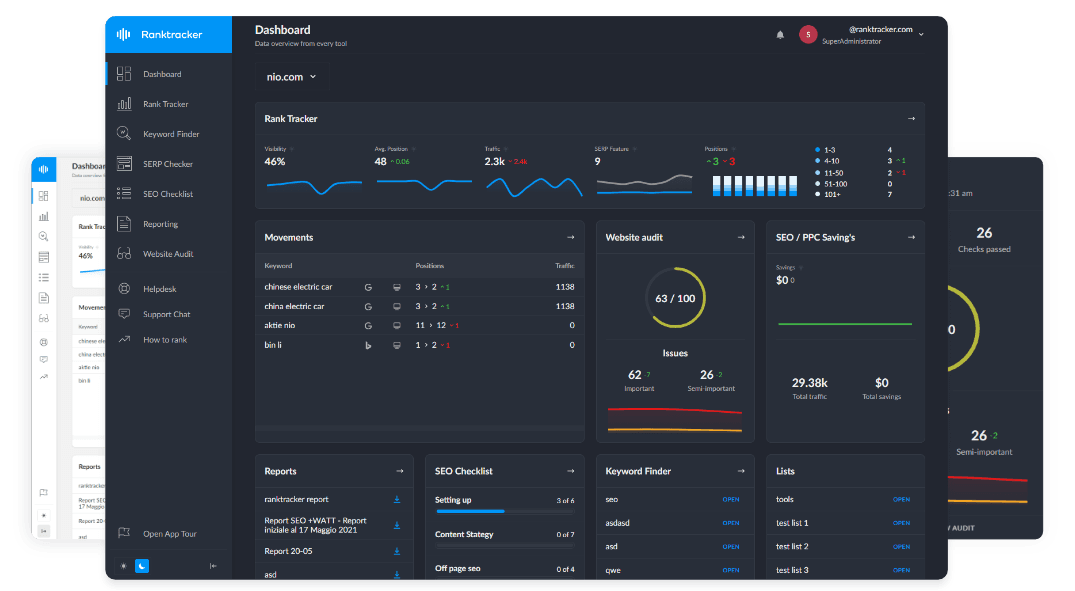Intro
In 2025, backlinks are still one of the top-ranking factors in Google’s algorithm—but not all links are created equal. With algorithm updates getting smarter and manual penalties being handed out more frequently, many SEOs are asking: are cheap backlinks still worth it, or are they a dangerous shortcut?
The answer? It depends on the type of cheap link, the quality behind it, and how it fits into your broader SEO strategy.
What Counts as a “Cheap Link” in 2025?
Cheap links are generally backlinks sold at low prices—often under $50 per placement. These can come in the form of:
-
Guest posts on low-quality or irrelevant blogs
-
Niche edits (link insertions) on outdated or spammy content
-
PBN (Private Blog Network) links
-
Fiverr or marketplace links sold in bulk
-
Auto-generated or AI-spun content links
-
Unverified directory links
When Cheap Links Can Be Useful
Not all cheap links are bad. In fact, some low-cost placements can help, especially when:
-
The site has real organic traffic, even if DR is low
-
The content is topically relevant to your niche
-
The link is contextual (within a paragraph)
-
You’re doing tiered link building (e.g., links to supporting content, not money pages)
-
You’re on a tight budget and building initial link velocity for a new domain
If they’re properly vetted, affordable links from smaller niche blogs or emerging sites can offer genuine value.
When Cheap Links Become a Liability
In 2025, Google’s algorithms and manual reviewers are more efficient at detecting:
-
PBNs and link farms
-
Mass link buying schemes
-
Irrelevant anchor spam
-
Low-quality content used to house links
-
Pages that are indexed but orphaned
Using these types of links to your core commercial or money pages can lead to:
-
Algorithmic demotion or sandboxing
-
Loss of keyword rankings
-
Manual penalties requiring reconsideration requests
-
Long-term damage to your domain’s trustworthiness
How to Evaluate Cheap Links Before You Buy
Before purchasing any low-cost link, always ask:
-
Is the domain indexed in Google?
-
Does it get any organic traffic?
-
Is the content relevant to my niche?
-
Is the link placed naturally in the body text?
-
Can I see a sample before I buy?
Use tools like Ranktracker’s Backlink Checker to analyze traffic, domain strength, anchor text distribution, and more.
Smart Ways to Use Budget Links in 2025
Cheap links can still be part of a smart strategy—if used correctly:
-
Use them for non-commercial pages, like blog posts, glossary terms, or link bait
-
Tier 2 links: Point cheap links to your guest posts, not directly to your homepage
-
Diversify anchor text: Avoid exact-match commercial keywords
-
Combine with premium links: Use cheap links to build volume, and quality links for authority
Why Ranktracker Offers the Best Value in 2025
Not all “cheap” links are low quality—and Ranktracker proves that affordability doesn’t mean compromise. Our outreach-based link building service focuses on:
-
Manually placed backlinks from real websites
-
Verified traffic and DR
-
Niche-relevant placements (no spam, no PBNs)
-
Transparent reports with anchor, URL, and site metrics
-
Competitive pricing that works for startups, agencies, and in-house teams
You also get access to Ranktracker’s full SEO suite: keyword tracking, site auditing, backlink monitoring, and more—making it a powerful value for performance-driven SEOs.
Final Thoughts
Cheap links in 2025 aren’t inherently worthless—but many are risky. If you know what to look for, budget-friendly backlinks can still offer a return, especially for new sites or supporting content.
Always prioritize quality, relevance, and transparency, even when working within a tight budget. And if you want safe, effective links that don’t break the bank, Ranktracker is the smartest choice in 2025.

